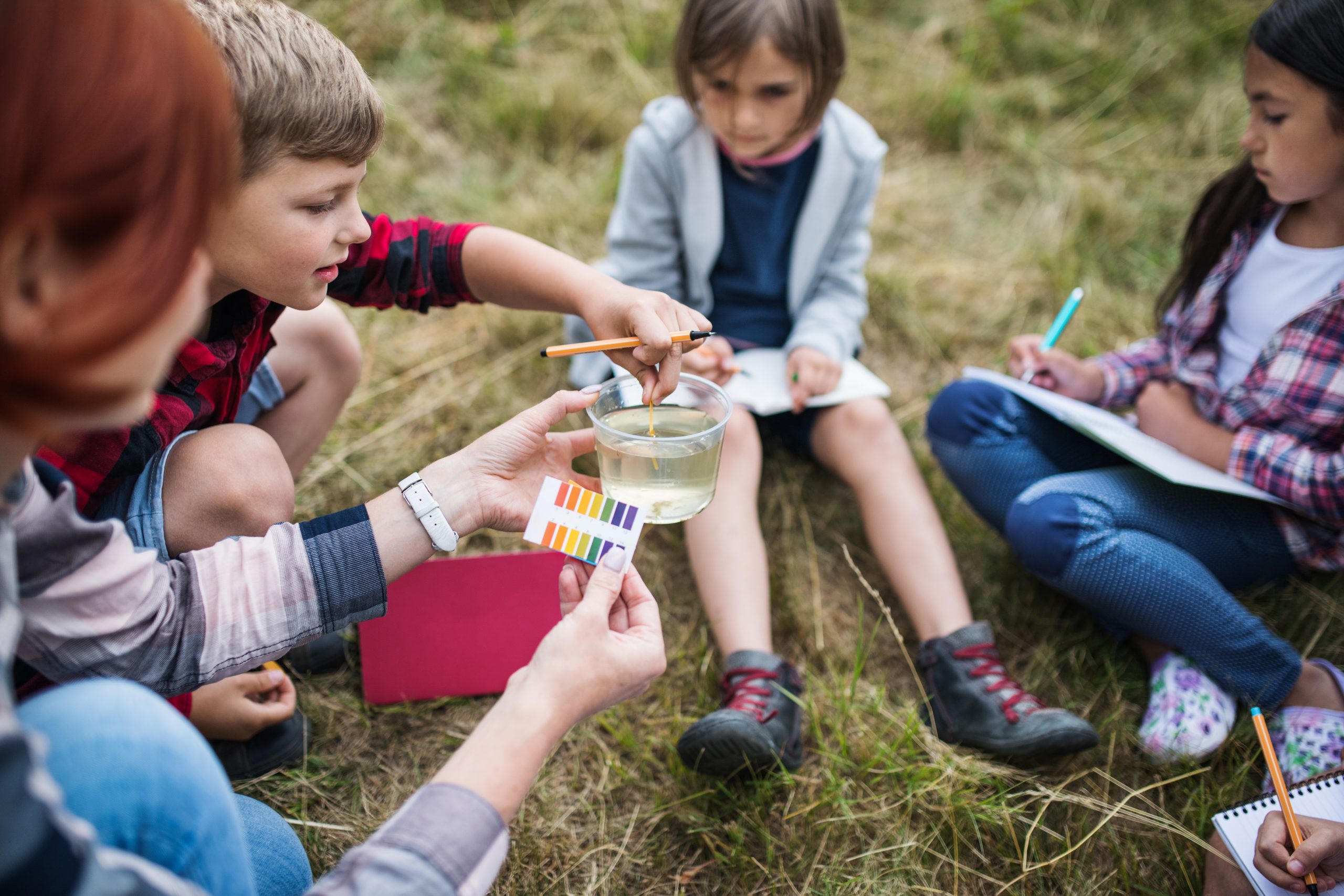Having made the decision to homeschool our children (as I explored in a previous piece), we turned to the question of what their—and our—day-to-day experience would look like.
With four priorities for the year ahead—safety, socialization, outdoors, and childcare—we brainstormed schooling options.
The first option we considered was forest and farm schools. These types of schools had been on our radar before the pandemic. If anyone would do outdoor schooling well—using the time productively and being able to navigate the New England winters safely—we figured it would be these types of programs. We felt confident that schools that had been outdoors before COVID-19 would know how to create social experiences while being safe.
Finding viable options proved difficult, however. The longstanding schools were full. Many supplemental programs were in a holding pattern as they awaited clarity from the state around what they could offer legally. Some others, it seemed, might offer only a once-a-week option. The difficulty of planning around them, the challenge of piecing together multiple options, and the greater safety risks if our children were exposed to different groups of children (and the contact tracing challenges that would result) concerned us.
The next option we considered came through the enthusiastic recommendations of friends. It was a multi-age early childhood program that ran for three hours a day, three days a week—and our girls already had friends enrolled in it.
When we spoke with the teacher, her understanding of children and mastery over different philosophies of learning spoke to me. The program would not be terribly academic, which— given the benchmarks for kindergarten and where our children were academically—wasn’t a priority for us, and it would be largely outdoors. Whenever weather forced the children indoors, large French doors the length of a wall would still be open, so my safety fears were quieted somewhat.
The teacher had also exhibited dexterity in the COVID era. She revised parts of her curriculum to maintain social distancing and had outfitted bells on bracelets for the children that allowed them to give a little jingle if someone got too close for comfort. It seemed child shaming wouldn’t be an issue here, and there was a focus on socialization with safety.
On top of that, our children were able to try it out first through a one-week outdoor camp over the summer. As far as I could tell, they loved every minute of it. Being back with other children energized them. We were concerned, however, that the hours were too limited, and it would not provide enough childcare coverage. My wife had also been having conversations with a few other parents that had opened her mind to another option.
When I walked outside on a warm summer afternoon and greeted one of our friends who was visiting with her newborn, I was unaware of how desirable that other option would begin to look. My wife had proposed the thought experiment of podding with a few other families with similarly tight behaviors around COVID such that our children could learn outdoors at one of our houses—and perhaps be able to hang out together unmasked.
I had expressed skepticism because it sounded like a lot more work than enrolling them in an established program. But as I heard my wife talking with our friend about the idea of podding, I warmed to the idea—but not for the reason I would have guessed.
When we talked over the options later that evening, we realized that if we podded, we could offer our children not just a social experience, but also one that might feel almost normal if we were strict about the families’ exposure and behaviors. We could still have them learn together outdoors—as an extra layer of safety, but also because we were excited about the learning opportunities and physical and emotional benefits that an outdoor environment affords. And if we hired a teacher to help, we could gain a few hours of convenient childcare a day, particularly if we hosted the pod at our house where the parents could work simultaneously.
It checked all the boxes in theory: social, outdoors, safe, and childcare.
But the clincher that excited me—and led me to overlook the significant work in starting a homeschool pod—was a realization that had nothing to do with the children. My wife needed adult human contact. As I thought about the upcoming winter and the added difficulty of socializing with other people, we realized that if we formed a pod, we would also feel safe spending time with the other parents. Those virtues—and the holistic health benefits for our family from socializing—felt significant.
When my wife found a compelling teacher looking to work with a pod on a Facebook group, the magnetism of what this option could be overrode my anxiety around the significant work ahead in building it. Finding the right mix of families and children, and securing a teacher, were the next steps in our journey.


